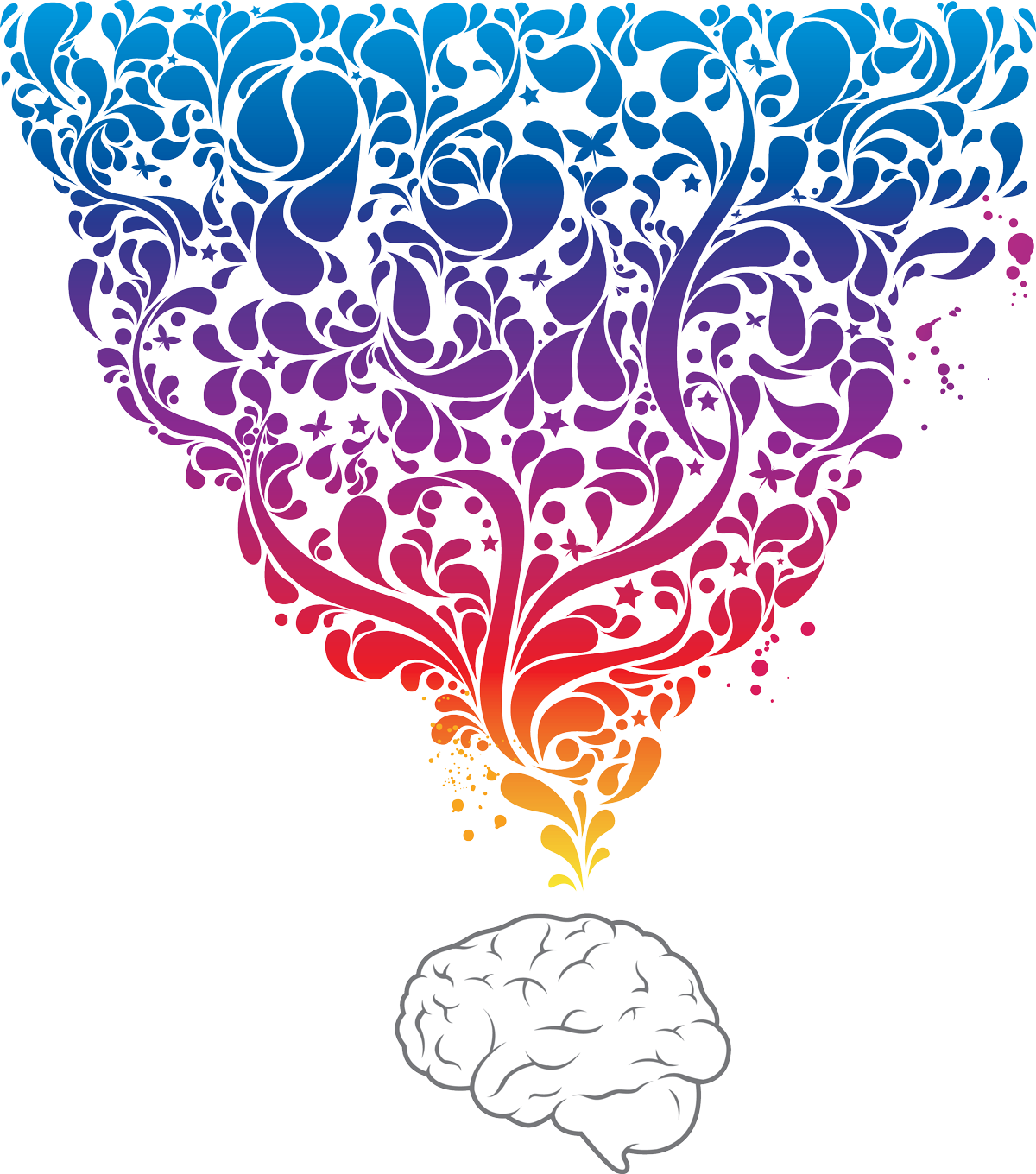Archimedes has a lot to answer for. Sure, the ancient Greek mathematician anticipated modern calculus and found a way to estimate the area of a circle. But he’s also inextricably linked to the idea of the creative genius: the lone innovator who has a ‘eureka’ moment in the bathtub (then runs naked through the streets shouting about it).
Whether or not that actually happened, the idea of creativity as a bolt of inspiration, delivered to a gifted few, is a pervasive one. Yet a growing body of evidence suggests it’s not accurate. “All the research shows that creativity is not a personality trait,” says psychologist and creativity expert Keith Sawyer, a professor at the University of North Carolina. “It’s a set of learned behaviours and ways of thinking.”

That’s a valuable insight for businesses that see innovation as the secret to success. In a world of fickle markets, rapid technological change and hungry start-ups that snap at the heels of established players, a constant flow of new ideas is essential. “Eventually, an organisation will fail if it’s not innovative,” says Keith.“I think most CEOs realise they can’t succeed if their only focus is to maximise efficiency and profit margins.”
For decades, researchers and businesses have sought methods to stimulate ideas in the workplace.
In the 30s, advertising executive Alex F Osborn began hosting group sessions that later became known as brainstorms. In the 70s, large companies such as Shell embraced scenario planning — making educated guesses about a number of possible futures and developing responses.
Today there are any number of workshops and courses that claim to teach businesses to be more creative. There are consulting firms that aim to foster a sense of play and experimentation among desk-bound workaholics (ping-pong balls, building blocks, and felt-tip pens are among their tools of trade). There are courses for executives designed to transform a company’s culture into one that encourages new ideas. Scores of online workshops are available for individuals. There’s growing interest in courses run by arts and literary organisations, designed to equip brands and businesses with the skills of writers, artists and performers.

“Creativity means doing things that others haven’t, so the more we systematise these building blocks, the more we struggle to innovate.” – Julian Birkinshaw, London Business School
In New York, for example, the Gotham Writers Workshop offers corporate creativity sessions that focus on storytelling, problem solving, brainstorming and team building. Another American company, the Virginia-based Movers & Shakespeares, draws business lessons from the works of the Bard. (Shakespeare’s leaders, presumably, are case studies in what not to do, given how often they end up stabbed, slain in battle, or bitten to death by poisonous snakes.)
Some of the world’s most innovative companies have taken creativity training a step further. The animation studio Pixar has an in-house education program that helps employees push their boundaries. Pixar University offers free classes in sculpting, painting, ballet and live-action filmmaking, just to name a few. How much of this actually works? In his research, Keith has identified a range of behaviours that can lead to more creative thinking. “One of the most important things is the habit of being aware of your surroundings, of noticing things that aren’t related to your work or your project,” he says. “If you can make distant connections between different sorts of ideas, that’s more likely to lead to surprising new insights.”
It’s also important to ask good questions. “In many organisations, it’s considered a problem if no-one really knows what problem they’re trying to solve — that’s a waste of time,” says Keith. “However, in the most innovative organisations there’s a realisation that it’s important not to decide what the problem is too early.”

While there are techniques individuals can learn to help stimulate ideas, creativity training will be a waste of time and money if an organisation has a culture that stifles innovation. And many do. If people fear their ideas will be criticised or dismissed, they’re unlikely to do their best creative work. “Our natural instinct is to wait until the idea is perfect before we share it with someone else,” says Keith. “That’s the opposite of maximising creativity. It’s better to share your ideas as quickly as possible to counteract that tendency to be shy or careful.”
James Allen, the founder of UK training consultancy Creative Huddle, believes that everyone has innate creative skills. The problem is that somewhere along the road between school and work, those skills are suffocated by society’s emphasis on finding ‘correct answers’. Creative Huddle takes a playful approach to workshops, which Allen says “helps free people up to be their natural creative selves.”
He might begin a workshop by tossing around a ping-pong ball or a rubber brick, and asking participants to come up with alternative ways they could be used. “It adds to the playful element, speeds things up, and creates that high energy you need,” he says.
But every workshop is tailored to the client. When David Knowles, Managing Director of digital marketing agency Think BDA, signed his team up for a year-long training program with Creative Huddle, he was surprised by some of the activities involved. “We’ve had sessions on improv, for example, which we’d never have done otherwise. It’s been something really fun, really different and something our team remembers and talks about,” says David. “I certainly think [the training] has made a difference to the bottom line — in terms of confidence, the ideas that came from it, the communication that’s now promoted, the different discussions we’ve had as a result.”
However, creativity is a slippery concept, and techniques that purport to teach it can only go so far. “Our minds are all wired differently,” says Julian Birkinshaw, Professor of Strategy and Entrepreneurship at the London Business School. “My advice is, by all means hire one of these consultancies, but know that there are limits to each methodology. Creativity means doing things that others haven’t, so the more we systematise these building blocks, the more we struggle to innovate.”
At the London Business School, the Making Innovation Happen course is a 5-day program that teaches senior executives different methods that can help foster organisational creativity. One technique involves seeing the world through the eyes of the user. Course participants might visit a supermarket, taking photographs and interviewing shoppers with a view to redesigning the shopping trolley. Other sessions focus on identifying likely trends that will shape the future, and asking how they might affect each participant’s business. Julian likes to encourage executives to seek solutions outside their own industries. “It’s easy to be constrained by past practice,” he says. “We’re all a bit blinkered, comparing ourselves to our competitors rather than fundamentally evaluating what
we’re doing.”
Julian stresses that none of these techniques will work in isolation. “All those methodologies are searching for the little gold nuggets, and there aren’t too many nuggets out there,” he says. “You have to be prepared to invest a lot of time into unproductive activity to harness the one thing that works. Sometimes nothing exciting happens. The point is — just occasionally — something happens immediately.”







